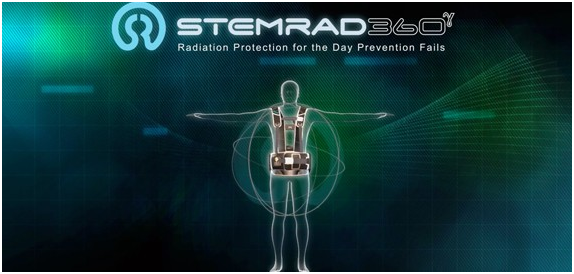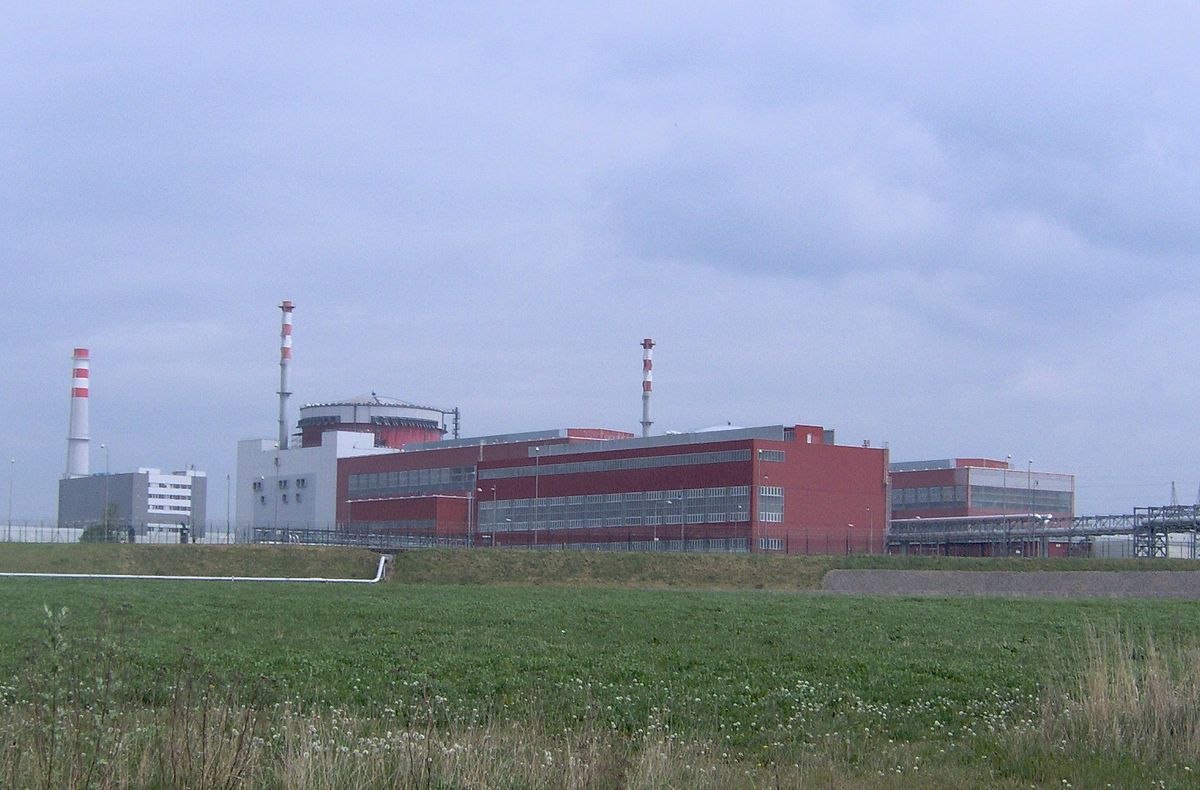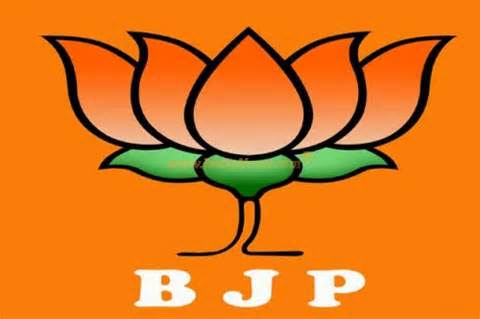
Blog
-
Geiger Readings for April 13, 2014
Latitude 47.704656 Longitude -122.318745Ambient office = 64 nanosieverts per hourAmbient outside = 56 nanosieverts per hourSoil exposed to rain water = 70 nanosieverts per hourIceberg lettuce from Top Foods = 119 nanosieverts per hourTap water = 93 nanosieverts per hourFiltered water = 89 nanosieverts per hour -
Radiation News Roundup April 12, 2014
U.S.N. Reagan aircraft carrier crew took massive radiation hits from Fukushima and dozens have cancer. enenews.com
TEPCO is not going to analyze plutonium or uranium in bypass water from Fukushima site before discharging it into the Pacific. fukushima-diary.com
Two nuclear plants reported unplanned reactor shutdowns Tuesday after water level irregularities in steam generators. nuclearstreet.com
-
Geiger Readings for April 12, 2014
Ambient office = 97 nanosieverts per hourAmbient outside = 80 nanosieverts per hourSoil exposed to rain water = 86 nanosieverts per hourIceberg lettuce from Top Foods = 73 nanosieverts per hourTap water = 108 nanosieverts per hourFiltered water = 93 nanosieverts per hourHalibut – Caught in Canada = 103 nanosieverts per hour -
Radiation Protection 6 – New Israeli Belt Protects Against Gamma Radiation
I have blogged about the negative health effects of ionizing radiation in previous posts. Alpha particles are helium nuclei, beta particle are high energy electrons and gamma radiation consists of very high energy photons. All are generated by radioactive decay. Alpha and beta particles can be blocked easily and are generally most dangerous to the skin in the form of radiation burns and causing cancer in internal organs if ingested. Gamma radiation, on the other hand, can deeply penetrate into body tissue and damage internal organs was well as destroying critical bone marrow where blood cells are created.
Alpha and beta exposure can be blocked by hazmat suits with respirators. As long as the particles cannot touch the skin or be inhaled, the person wearing the suit is protected. Unfortunately, a lead lined suit that could protect the whole body against gamma radiation would weigh hundreds of pounds and could not be worn by most people. Up until now, something that would offer significant protect against gamma radiation and could be widely available to be worn by anyone has not existed.
Stemrad, an Israeli company, has just announced a new belt called the Stemrad 360 Gamma that protects against the worst damage caused by gamma radiation. The belt is partially made of lead and is intended to protect the pelvic area in case of nuclear emergency. The belt weighs about thirty three pounds and could be worn by most people if necessary.
Gamma radiation can cause severe damage to bone marrow and preventing damage to bone marrow is critical to ensuring survival of gamma exposure. Most of the renewable bone marrow is located in the pelvic area. The reproductive organs are also in the pelvic area. By protecting the pelvic area, the belt is able to increase the survivability of a person wearing the belt when exposed to gamma radiation. It is estimated that the belt can provide protection against up to one thousand rads of gamma radiation which could otherwise prove fatal. Although the new belt has not been tested on human beings exposed to gamma radiation, tests with dummies and radiation detectors indicate that it should offer some protection from gamma exposure.
During the Chernobyl emergency, the first responders and technicians who dealt with the disaster at close hand were expose to significant gamma radiation. Many underwent bone marrow transplants but still died early from the radiation damaged. There have been reports that workers cleaning up the Fukushima disaster are being exposed to dangerous levels of radiation. Experts have predicted that another major nuclear reactor accident is inevitable. If this new belt can perform as claimed, it should be rushed into production and distributed to all nuclear power plants in anticipation of the next major nuclear accident. Until we have powered exoskeletons that can allow a human being to wear a four hundred pound lead-lined suit, appliances such as this new belt are the best defense for those who may be exposed to high levels of gamma radiation.
-
Geiger Readings for April 11, 2014
Ambient office = 74 nanosieverts per hourAmbient outside = 109 nanosieverts per hourSoil exposed to rain water = 109 nanosieverts per hourBroccoli from Top Foods = 54 nanosieverts per hourTap water = 87 nanosieverts per hourFiltered water = 84 nanosieverts per hour -
Nuclear Reactors 117 – Czech Republic Cancels Tender for Two New Nuclear Reactrors
The Czechoslovakian government began construction of four nuclear reactors in 1987 for the Temelin Nuclear Power Station near the village of Temelin. After the Velvet Revolution of 1990, construction of two of the four reactors was cancelled. During the 1990s, there were redesigns of the remaining two reactors for better safety and reliability. There were also construction delays and cost overruns. There was opposition from neighboring countries and protests from groups in the Czech Republic. In 1999, the Czech government decided to continue construction in spite of the cost overruns that had tripled the cost of the project. Finally, in 2000, the first reactor was commissioned and the second reactor was commissioned in 2002.
In 2009, the Czech utility CEZ started the tender process to select a vendor for construction of two new reactors for the Temelin plant. The French Areva company, the U.S. Westinghouse company and the Russian OKD Gidropress and AtomStroyExport companies were included in the bidding. In 2012, Areva was informed that its bid had been disqualified. CEZ had intended to make its selection and begin construction in late 2013 with an expected completion dates of 2023 and 2024 for the two reactors. However, the selection of a vendor was not made in 2013 or early 2014.
CEZ is seventy percent owned by the Czech government. Yesterday, the Czech government declared that, in spite of its general support for nuclear power, it refused to provide any guarantees to CEZ with respect to the project. CEZ was asking for government guarantees for the future electricity prices for electricity generated by the two new reactors. Government representatives pointed out that there had been serious problems with such guarantees for renewable power sources such as solar energy. In addition, with the volatility in the global energy market, issuing such guarantees would be unwise.
Representatives of CEZ commented that while the plan for the new reactors was economically realistic in the early 1990, recent turbulence in the regional energy market threatened investment in power plants which depended on sale of electricity for revenues. They said that there are still serious concerns about the ability of CEZ to provide sufficient electricity in future but they now understood that it would be necessary to work very closely with the Czech government in the planning for any future nuclear power plants in the Czech Republic.
The Czech ministers of finance, trade and industry have been charged with the task of drawing up a comprehensive plan by the end of 2014 for the development of future nuclear power in the Czech Republic. The President of the Czech Republic has said that he would like to see a new tender process started for the construction of two new reactors at Temelin.
I was not surprised by this development. I have blogged before about the rising cost of nuclear construction and the volatility of regional energy markets. Governments are reluctant to issue the same guarantees for future electricity prices that they issued in the past to the owners and operators of nuclear power stations. I don’t believe that nuclear power can compete with other energy sources on a level playing field.
Temelin Nuclear Power Station in the Czech Republic:
-
Radiation News Roundup April 10, 2014
Cancer rates in many areas of Japan are on the rise following the global catastrophe at the Fukushima Daiichi nuclear power facility back in March 2011. thewatchers.adorraeli.com
Akkuyu NPP, the Russian-owned project company responsible for Turkey’s first nuclear power plant, has submitted a revised version of its environmental impact assessment (EIA) report on the plant. world-nuclear-news.org
-
Geiger Readings for April 10, 2014
Ambient office = 65 nanosieverts per hourAmbient outside = 64 nanosieverts per hourSoil exposed to rain water = 89 nanosieverts per hourBanana from QFC = 122 nanosieverts per hourTap water = 70 nanosieverts per hourFiltered water = 56 nanosieverts per hour -
Nuclear Weapons 71 – India May Abandon No First Strike Nuclear Policy
I have blogged before about the nuclear tensions between India and Pakistan. Since the partition of British Colonial India into the Muslim state of Pakistan and the Hindu state of India, there have been border disputes and armed conflict, especially over the Kashmir. The world was rightly concerned about the acquisition of nuclear weapons by India and Pakistan. India developed its nuclear arsenal in response to border disputes with China. Pakistan then developed nuclear weapons in response to India nuclear buildup.
India and Pakistan have never signed the nuclear non-proliferation treaties that the other nuclear powers with the exception of North Korea have signed. After India conducted its first nuclear tests, the other nuclear powers tried to pressure India to renounce nuclear weapons by applying a series of crippling trade sanctions. India responded by adopting a policy against first use of nuclear weapons in any military confrontation with another nation. Since then, the U.S. and other countries with nuclear arsenals have come to accept India as a nuclear armed nations. The U.S. and India signed an arrangement for the U.S. to provide India with assistance in the development of civilian nuclear power despite India’s nuclear weapons program. Pakistan has never agreed to a no-first use policy.
The Bharatiya Janata Party (BJP) was in power in India at the time of the underground tests in 1998. Since then it has been eclipsed by other political parties in the governance of India but appears to be on the brink of returning to power. In the upcoming elections, the BJP is favored to win the most seat in India’s parliament. They may not have enough seats to form a government but they do have the best chance of forming a coalition government.
The BJP is headed by Narendra Modi, a strong Hindu nationalist. Aides to Modi have said that if he becomes India’s Premier, India would “be tougher with China over territorial disputes and more robust with Pakistan over attacks by Islamist militants supported by Pakistan. The party manifesto says it would seek friendly relations with neighboring nations but it “vowed to deal with cross-border terrorism with a firm hand” and take a “strong stand and steps ” when required.
The manifesto also said that the BJP would reconsider the pledge to never be the first to use nuclear weapons in a military conflict but did not provide any details. The U.S. official who helped to negotiate the nuclear technology agreement in 2008 has remarked that it is difficult to see how abandoning the no-first use of nuclear weapons would be in India’s interest. Nuclear weapons will be of no use in a border dispute or in dealing with terrorism. As China has embarked on heavy investment in nuclear weapons and Pakistan has been drawing even with and maybe even surpassing nuclear parity with India, the BJP party insists that it is time to review the no-first use policy.
Pakistan has not officially reacted to the BJP pronouncements. Pakistani officials have pointed out that the nuclear situation between Pakistan and India is one of “mutually assured destruction” (MAD) that was the basis of the Cold War standoff between the U.S. and the Soviet Union. If either Pakistan or India started a nuclear war, the other would finish it and both countries would be destroyed. Even so, the public abandonment of the no-first use policy by India will add to international tensions in the area of the world.






